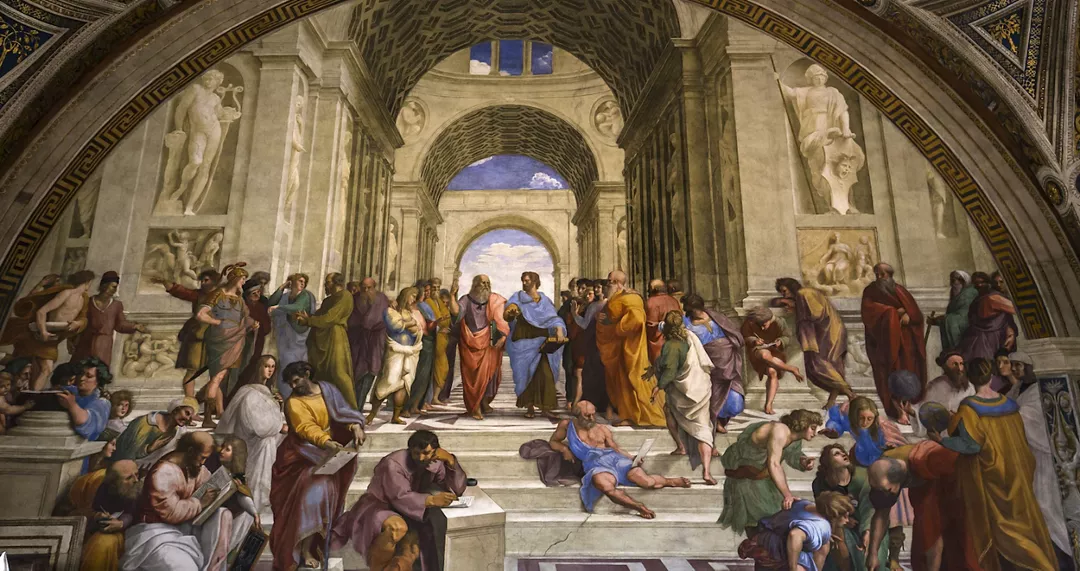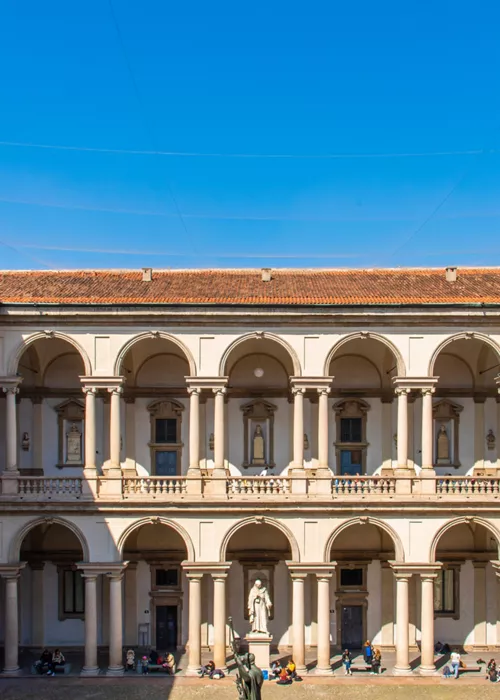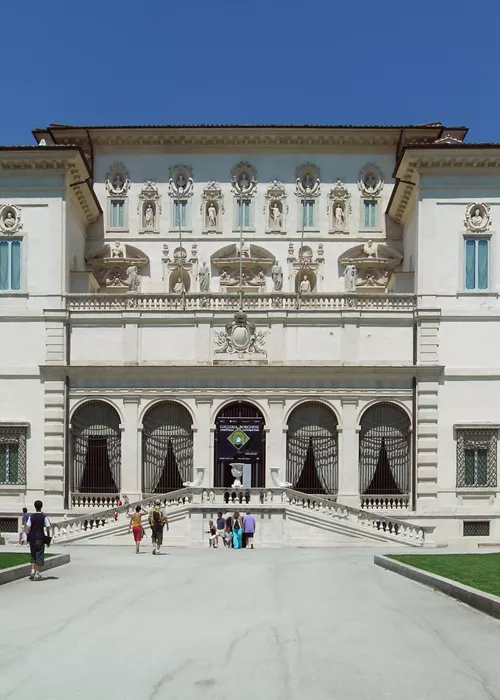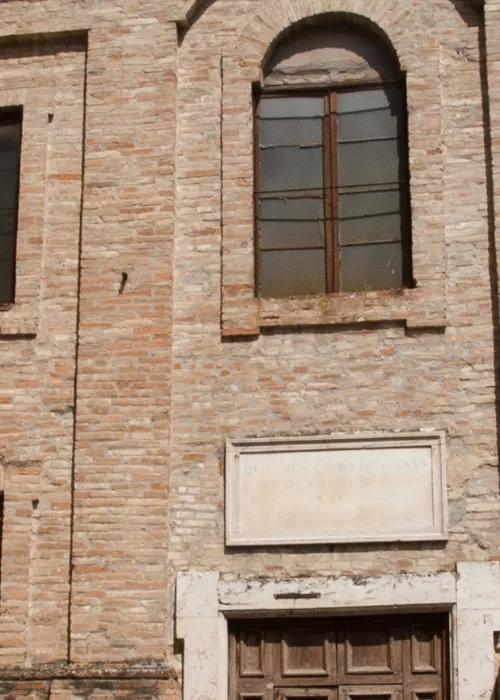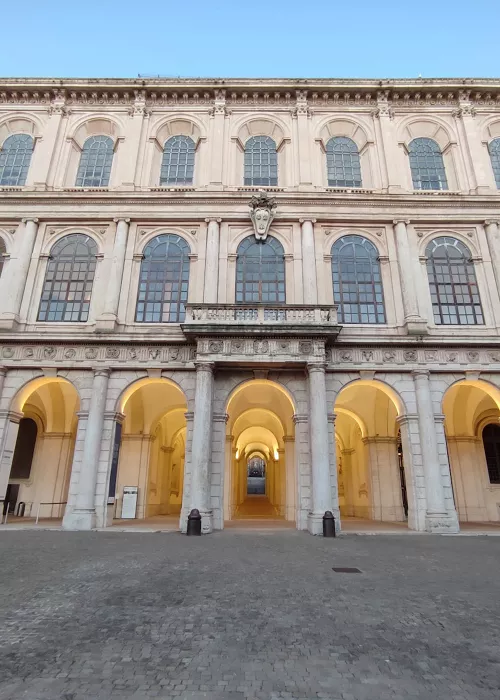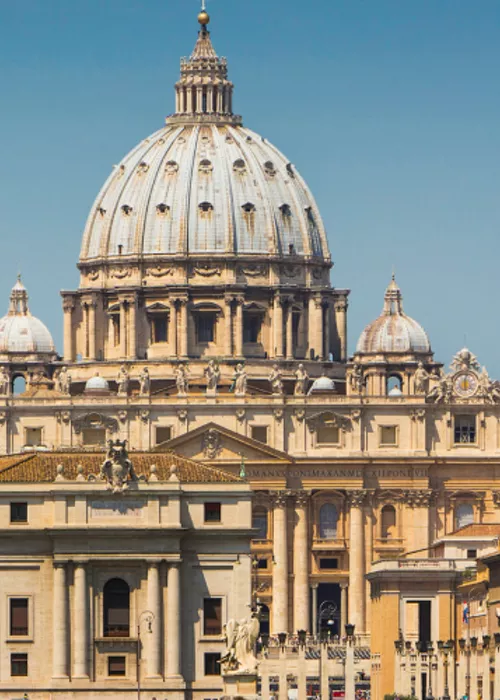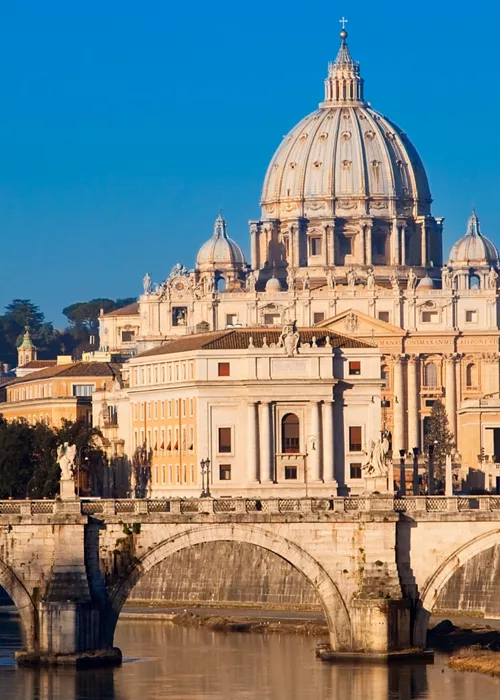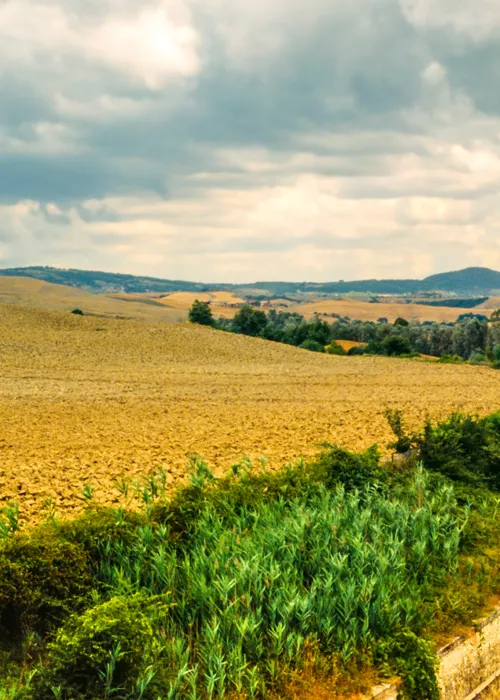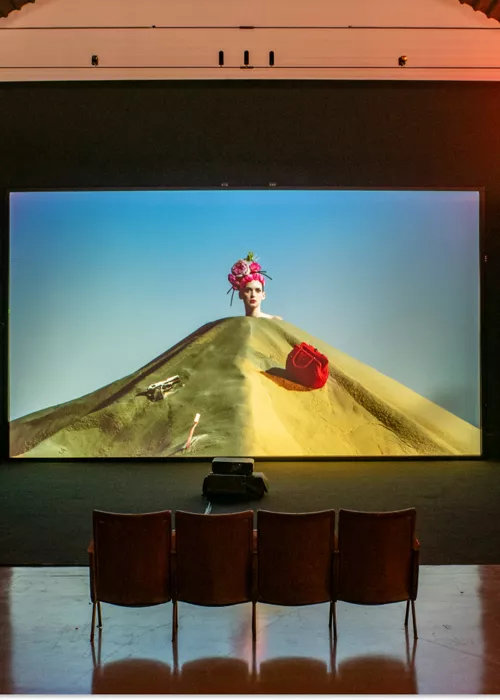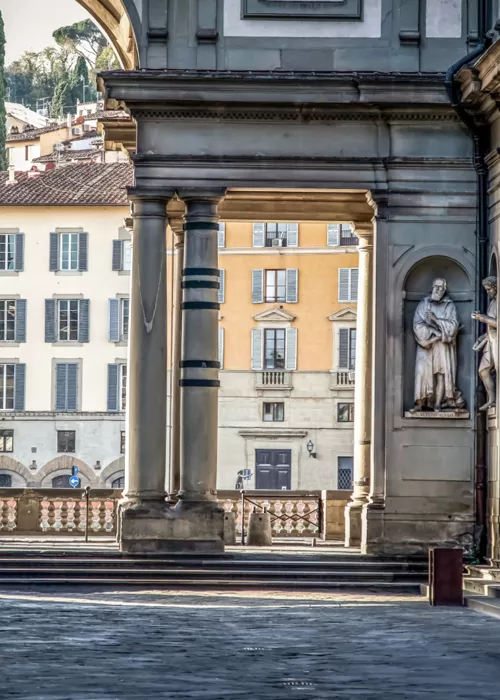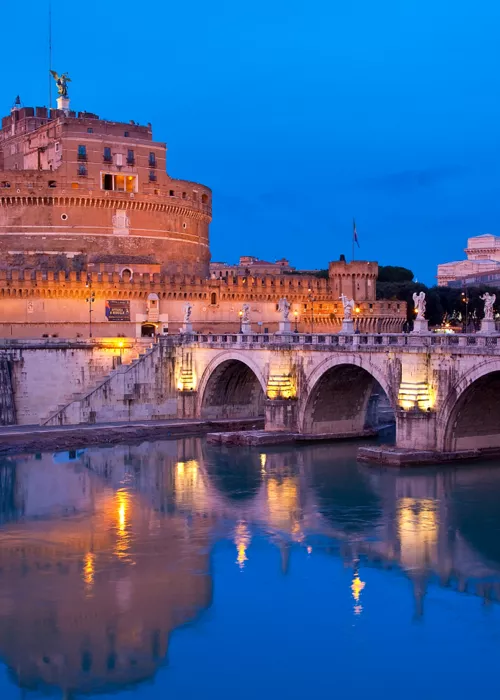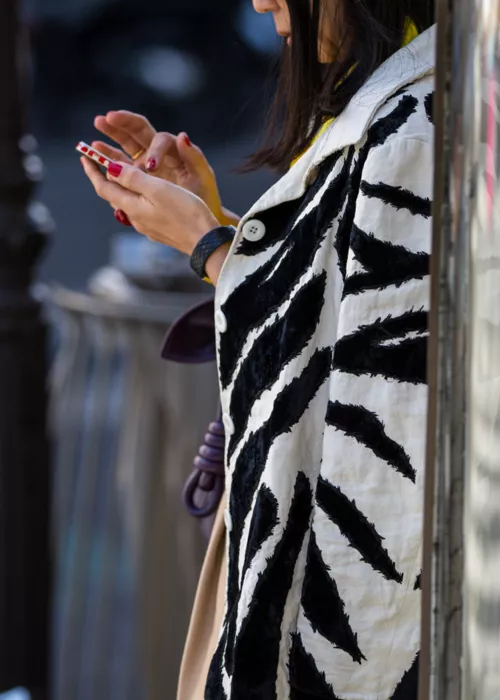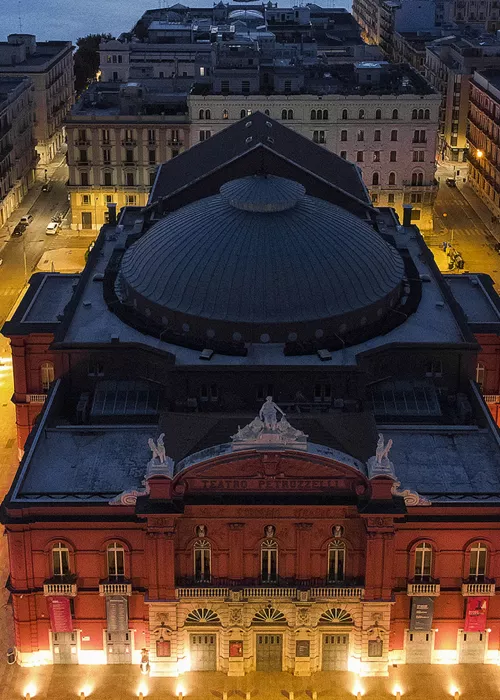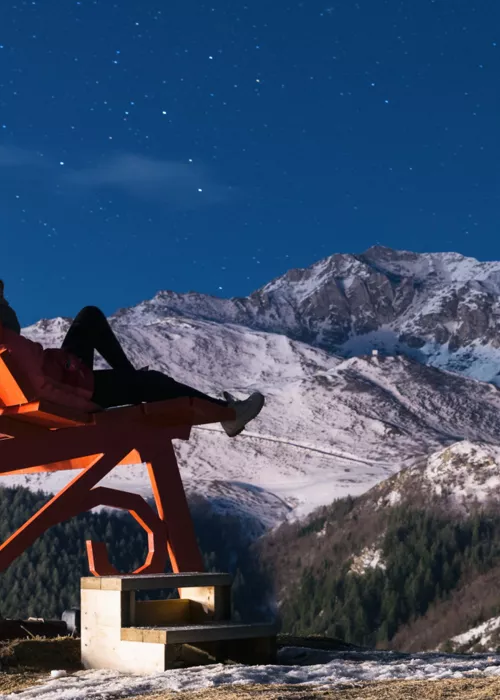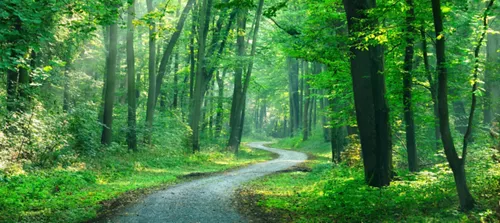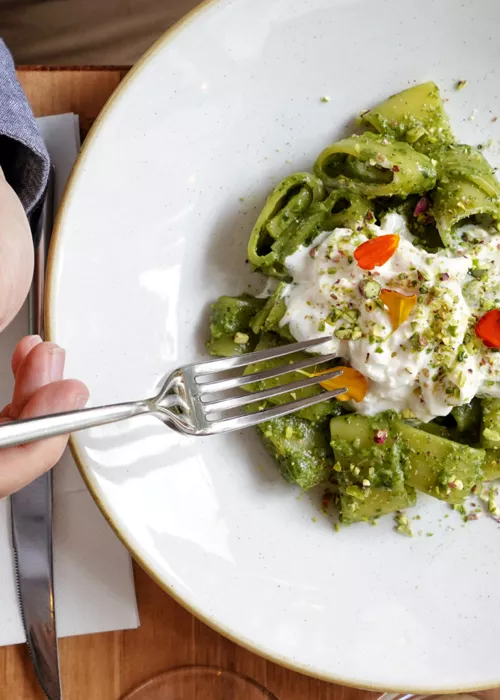A trip to Italy on the trail of the 10 most important works of Raphael
4 minutes
Considered the best-loved and most emblematic Renaissance painter, Raphael left a large heritage of works, internationally recognized as some of the major masterpieces in the history of art. Here we recommend the ten most beautiful works you can admire in Italy.
The Marriage of the Virgin, Milan
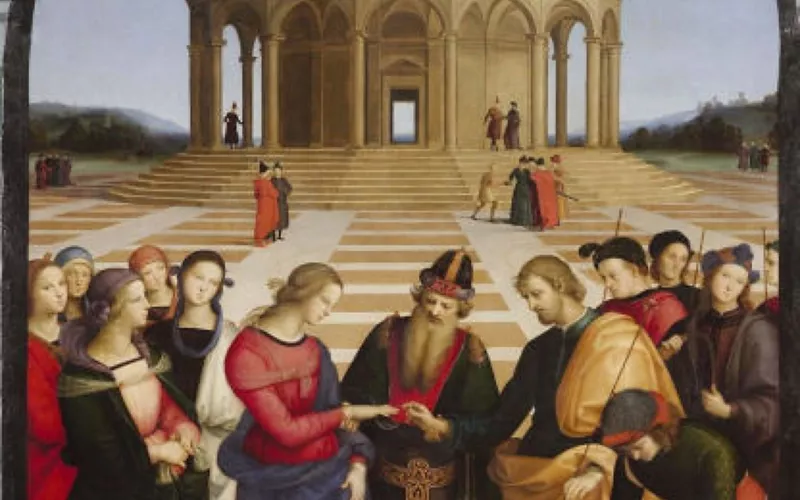
Completed in 1504, when Raphael was only twenty-one years old, the altarpiece The Marriage of the Virgin marks the transition from his early period to artistic maturity. This painting shows, for the first time, a real style of his own, and not linked to that of his master Perugino, and a close focus on perspective space and the ideal beauty. Housed in the church of San Francesco, in Città di Castello until 1798, today it is kept in the Brera Picture Gallery, in Milan.
The Baglioni Altarpiece, Rome
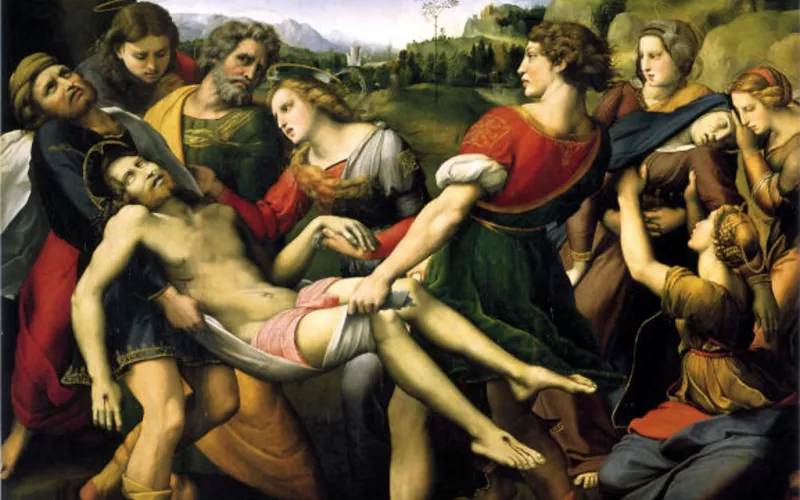
Also known as “The Deposition” or “Borghese Entombment”, the Baglioni Altarpiece is an oil painting dated1507 that depicts Christ’s deposition, and it is one of the most famous art works of Raphael’s Florentine period. The composition follows a classic pattern, but adds dynamism, drama and the subjects behave in a natural manner. Once located in the church of San Francesco al Prato, in Perugia, today it is kept at the Borghese Gallery, in Rome.
The Madonna of the Goldfinch, Florence
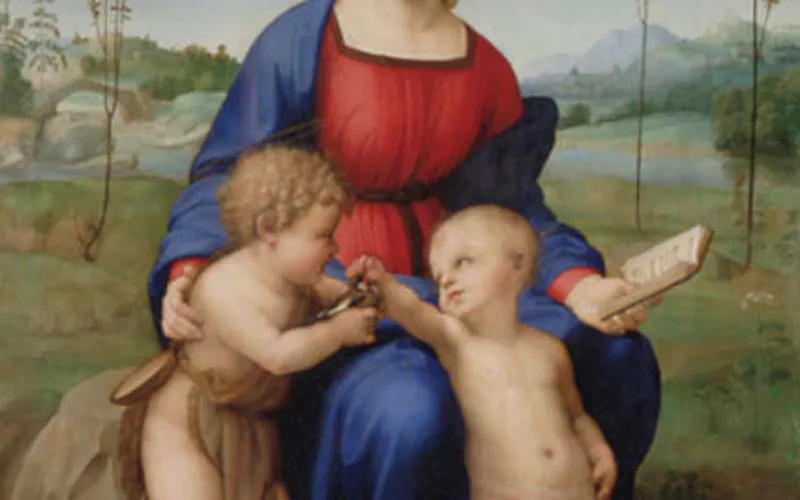
The Madonna of the Goldfinch is one of Raphael’s first works, created in Florence in 1506 for the marriage of Lorenzo Nasi and Sandra di Matteo Canigiani. Leonardo da Vinci’s influence is clearly visible in the pyramidal composition, the use of chiaroscuro and the somatic traits of the two children. Today the work is in the Uffizi Gallery in Florence.
Holy Trinity, Perugia
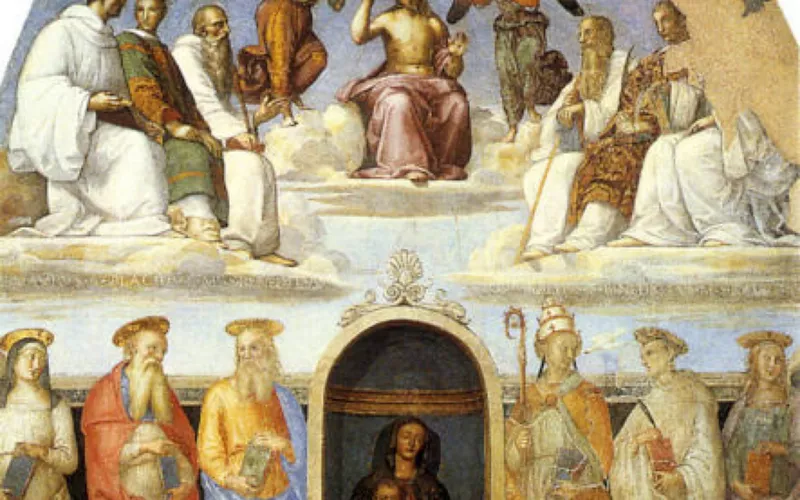
In 1505, Raphael was called to Perugia to work in the San Severo Chapel, later completed by Perugino. Here he painted the upper fresco with the Trinity, the Benedictine saints Maurus, Placidus, Benedict, and the Camaldolese saints Romualdo, Benedict martyr and John the Monk. This work stands out for its monumentality and three-dimensional effect, with the gaze converging on Christ. It is still housed in the church of the San Severo Monastery, in Perugia, today a museum dedicated to Raphael and Perugino.
St. Sebastian, Bergamo
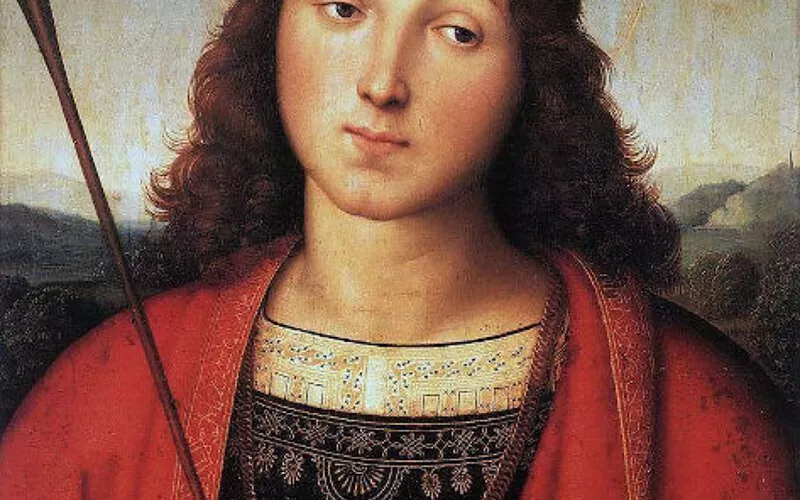
Painted by Raphael when he was almost twenty, St. Sebastian exhibits a great executive fineness and clear references to Perugino; however, it also shows signs of the artist’s own style in the delicate features of the face, the elegance of the gestures and the compositional structure. This work is at the Accademia Carrara in Bergamo.
La Fornarina, Rome
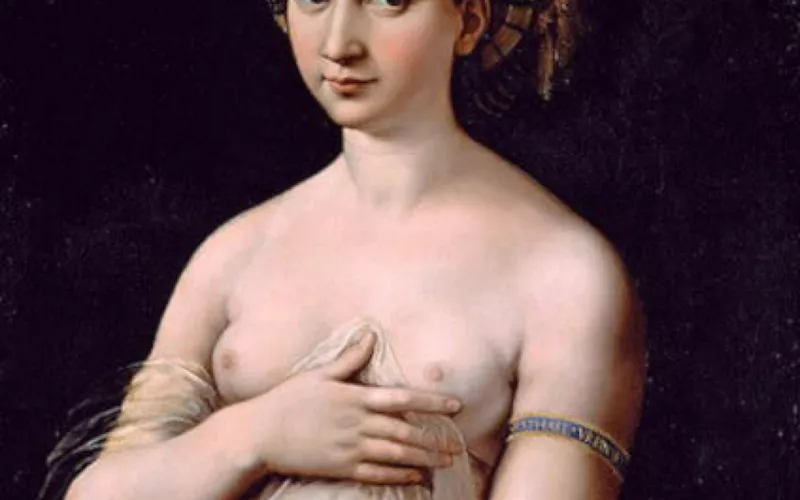
Created around 1518-1519, the Fornarina is a work Raphael was very fond of (he kept it in his studio until his death). The identity of the woman depicted has never been confirmed: many art scholars have traced her to Margherita Luti, Raphael’s inspirational muse and beloved, the same woman also apparently depicted in the Velata. The painting contains two elements that support the theory of the woman being the painter’s beloved : she is wearing an armband with the artist’s name on it and the presence of myrtle, traditionally associated with Venus, goddess of love. This painting is kept in the National Gallery of Ancient Art in Palazzo Barberini in Rome.
Self-portrait, Florence
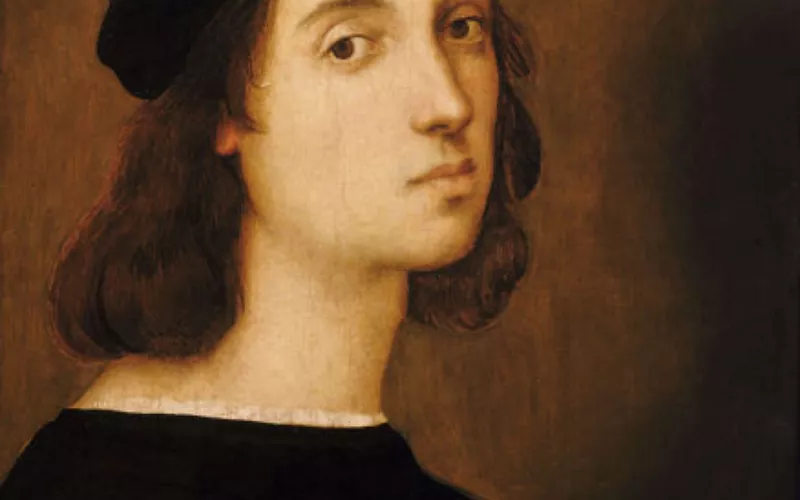
A tempera painting dated around 1504-1506, this is the most famous self-portrait of the great Italian Renaissance artist: the work has often been a subject of discussion among scholars regarding its attribution. Today the most accredited theory is that it is a copy of the artist’s self-portrait in the School of Athens. You can admire it at the Uffizi Gallery in Florence.
The Ecstasy of St. Cecilia, Bologna
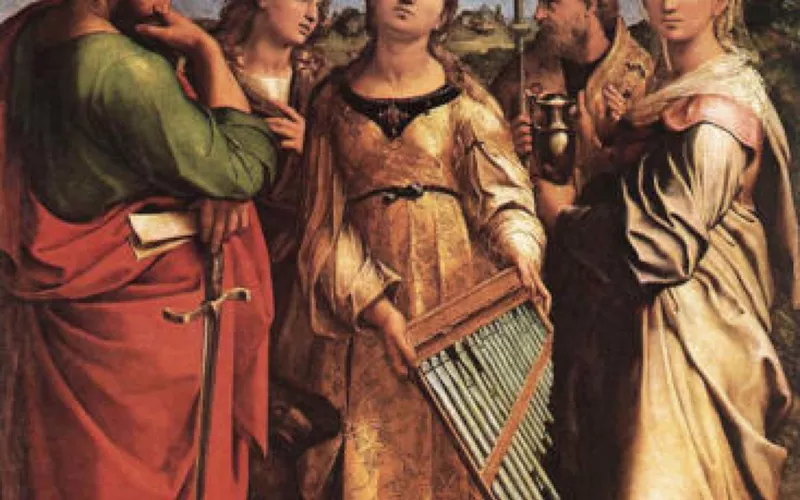
The masterpiece of Raphael’s mature period and essential for the development of 17th century classicism, the Ecstasy of St. Cecilia was commissioned by noblewoman Elena Duglioli for the chapel dedicated to St. Cecilia in the church of San Giovanni in Monte, Bologna. This work goes against the traditional representation of the deity, focusing on a more human version: in the middle of the scene, there is only the saint’s mystical experience. This work is at the National Picture Gallery in Bologna.
The School of Athens, Vatican
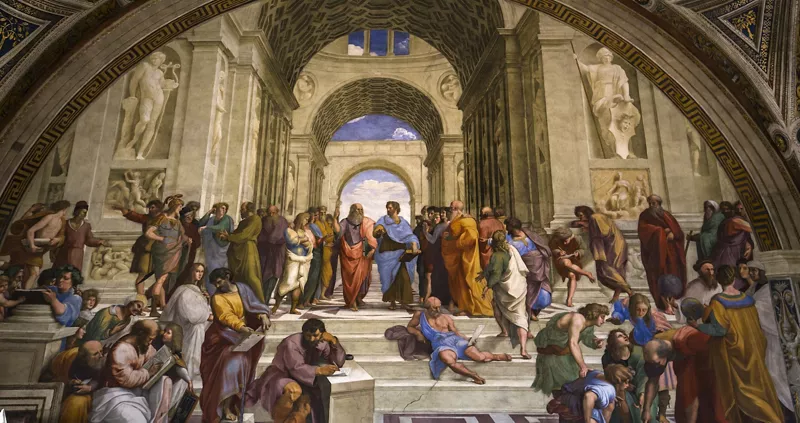
Probably the most renowned of Raphael’s works, the School of Athens is a large fresco created between 1509 and 1511 for the “Room of the Segnatura” within the Apostolic Palace. This work celebrates classical wisdom: Aristotle and Plato are depicted in the middle of an ideal perspective fulcrum while conversing with other well-known philosophers and mathematicians of ancient times, including Euclid, Pythagoras, Epicurus and Socrates. This work can be seen in the Vatican Museums.
The Transfiguration, Vatican
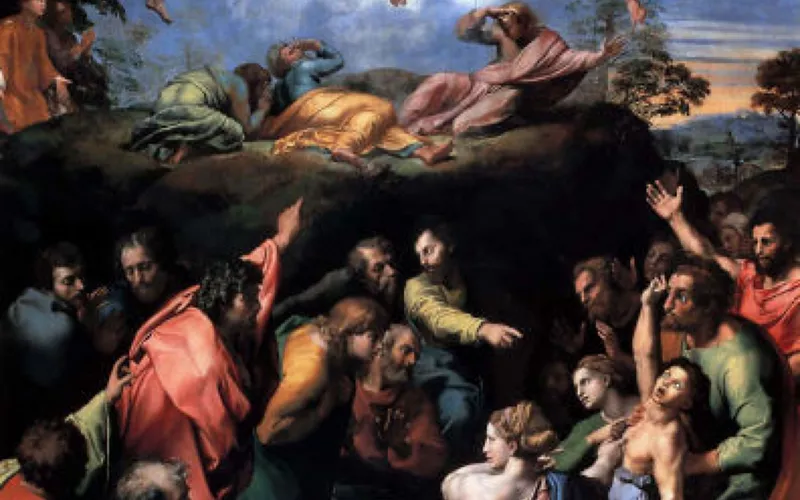
This is the last painting by Raphael before his death and exemplifies his full development as an artist. This work depicts two episodes narrated in the Gospel of Matthew: the transfiguration of Jesus with prophets Moses and Elijah and the healing of a possessed boy. The composition is very complex, with two different registers: quiet and neat in the upper part, dynamic and dramatic in the lower part, with a highly theatrical effect. This work can be admired at the Vatican Picture Gallery.
It’s worth remembering that Raphael was one of the greatest artists of the Italian Renaissance, not just as painter, but also as an architect. In 1514, when Bramante died, he was appointed master architect for the construction site of St. Peter's Basilica: an innovative architect, Raphael replaced the Greek cross plan with the Latin cross plan and endowed the church with an accentuated chiaroscuro effect deriving from his pictorial background. Raphael was also behind the execution of other religious buildings in Rome (like the Chigi Chapel and the church of Sant'Eligio degli Orefici), palaces (Villa Madama, Palazzo Branconio dell'Aquila, Palazzo Jacopo da Brescia, Palazzo Pandolfini and Palazzo Alberini) as well as the luxurious complex of the Vatican loggias, in the Vatican.

